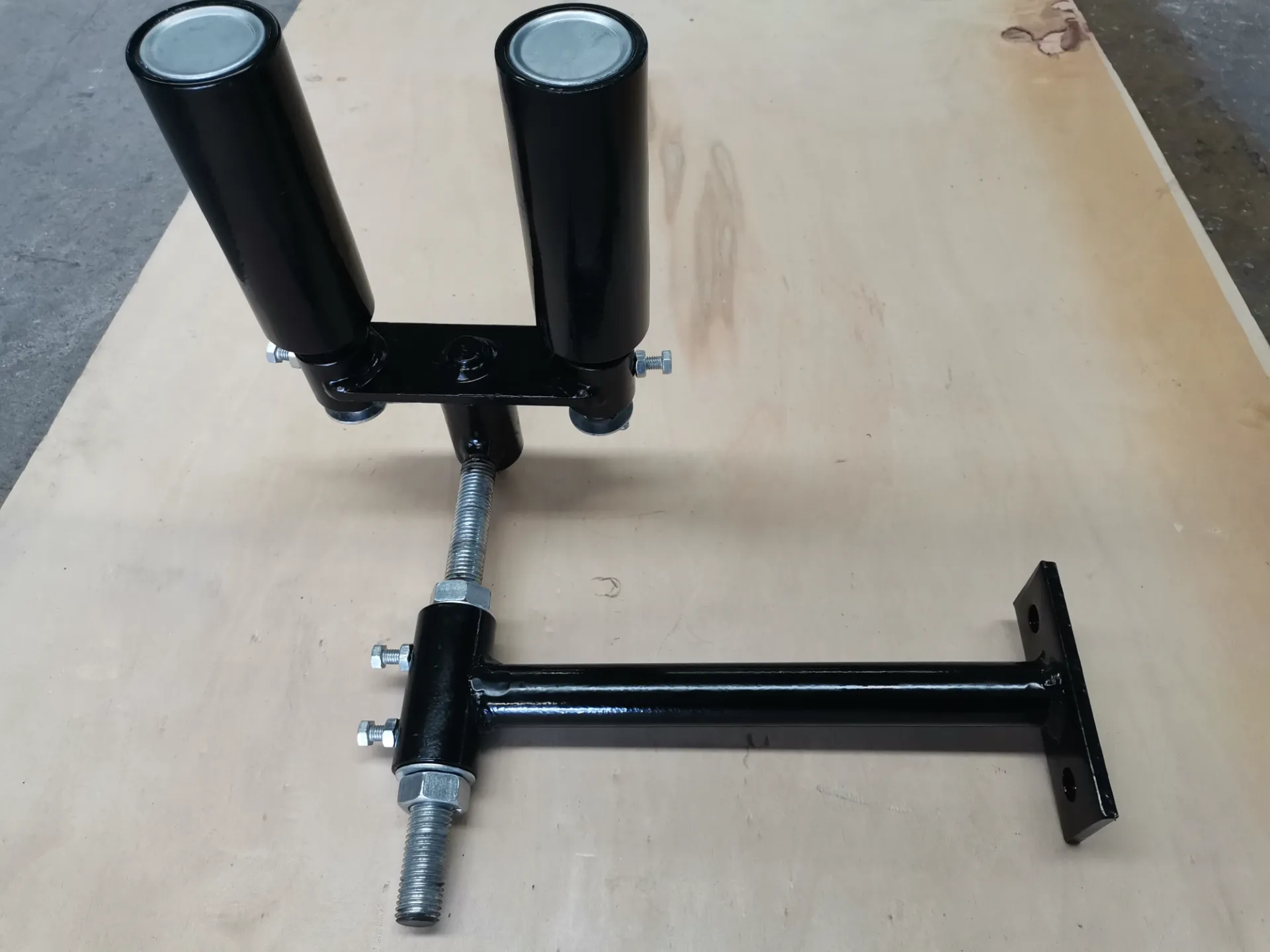 Afrikaans
Afrikaans  Albanian
Albanian  Amharic
Amharic  Arabic
Arabic  Armenian
Armenian  Azerbaijani
Azerbaijani  Basque
Basque  Belarusian
Belarusian  Bengali
Bengali  Bosnian
Bosnian  Bulgarian
Bulgarian  Catalan
Catalan  Cebuano
Cebuano  Corsican
Corsican  Croatian
Croatian  Czech
Czech  Danish
Danish  Dutch
Dutch  English
English  Esperanto
Esperanto  Estonian
Estonian  Finnish
Finnish  French
French  Frisian
Frisian  Galician
Galician  Georgian
Georgian  German
German  Greek
Greek  Gujarati
Gujarati  Haitian Creole
Haitian Creole  hausa
hausa  hawaiian
hawaiian  Hebrew
Hebrew  Hindi
Hindi  Miao
Miao  Hungarian
Hungarian  Icelandic
Icelandic  igbo
igbo  Indonesian
Indonesian  irish
irish  Italian
Italian  Japanese
Japanese  Javanese
Javanese  Kannada
Kannada  kazakh
kazakh  Khmer
Khmer  Rwandese
Rwandese  Korean
Korean  Kurdish
Kurdish  Kyrgyz
Kyrgyz  Lao
Lao  Latin
Latin  Latvian
Latvian  Lithuanian
Lithuanian  Luxembourgish
Luxembourgish  Macedonian
Macedonian  Malgashi
Malgashi  Malay
Malay  Malayalam
Malayalam  Maltese
Maltese  Maori
Maori  Marathi
Marathi  Mongolian
Mongolian  Myanmar
Myanmar  Nepali
Nepali  Norwegian
Norwegian  Norwegian
Norwegian  Occitan
Occitan  Pashto
Pashto  Persian
Persian  Polish
Polish  Portuguese
Portuguese  Punjabi
Punjabi  Romanian
Romanian  Russian
Russian  Samoan
Samoan  Scottish Gaelic
Scottish Gaelic  Serbian
Serbian  Sesotho
Sesotho  Shona
Shona  Sindhi
Sindhi  Sinhala
Sinhala  Slovak
Slovak  Slovenian
Slovenian  Somali
Somali  Spanish
Spanish  Sundanese
Sundanese  Swahili
Swahili  Swedish
Swedish  Tagalog
Tagalog  Tajik
Tajik  Tamil
Tamil  Tatar
Tatar  Telugu
Telugu  Thai
Thai  Turkish
Turkish  Turkmen
Turkmen  Ukrainian
Ukrainian  Urdu
Urdu  Uighur
Uighur  Uzbek
Uzbek  Vietnamese
Vietnamese  Welsh
Welsh  Bantu
Bantu  Yiddish
Yiddish  Yoruba
Yoruba  Zulu
Zulu guide roller
Understanding Guide Rollers A Comprehensive Overview
Guide rollers are essential components in various industrial applications and technologies, serving as key elements in the movement and alignment of materials, machinery, and equipment. These components are designed to ensure smooth operation, reduce friction, and enhance the efficiency and reliability of systems where they are applied.
What are Guide Rollers?
Guide rollers, also known as guide wheels or tracking rollers, are cylindrical elements that provide support and direction to moving parts within a mechanical assembly. They help in guiding, positioning, and stabilizing components, ensuring they move along a specific path. These rollers are commonly used in conveyor systems, packaging machinery, robotic systems, and other automation processes.
Types of Guide Rollers
There are several types of guide rollers, each designed for specific applications and conditions. The most common types include
1. Flat Guide Rollers These rollers have a flat surface and are typically used in linear tracking systems where the movement is primarily horizontal or vertical.
2. V-Groove Rollers These rollers feature a V-shaped groove that allows them to fit securely into a rail or track, making them ideal for applications requiring precise movement along a defined path.
3. Tapered Rollers Tapered guide rollers are designed to accommodate misalignments and variations in load. They are particularly useful in applications where equipment may not be perfectly aligned.
4. Ball Bearing Rollers Incorporating ball bearings, these rollers minimize friction and wear, resulting in smoother operation and longer lifespan, making them suitable for high-speed applications.
Applications of Guide Rollers
Guide rollers are utilized in a vast array of industries, each with unique requirements. Here are a few notable applications
guide roller

- Conveyor Systems Guide rollers play a vital role in conveyor belts and systems by guiding the movement of items along their path, thereby increasing efficiency and ensuring smooth transitions between different segments.
- Packaging Machinery In packaging, guide rollers assist in aligning products for packaging processes, ensuring that items are correctly oriented and securely held as they move through machines.
- Robotics For robotic arms and automated guided vehicles (AGVs), guide rollers provide stability and precision during operation
. They ensure that moving parts follow a defined trajectory, which is crucial for accuracy in tasks such as assembly, picking, and placing.- Elevators and Lifts Guide rollers are also integral to the functioning of elevator systems, where they guide the elevator car along its vertical path, while also providing support and stability during movement.
Advantages of Using Guide Rollers
The incorporation of guide rollers into various systems yields numerous advantages, including
- Reduced Friction Many guide rollers are designed to minimize friction, enabling smoother operation and reducing wear on associated components.
- Enhanced Durability By distributing loads more evenly, guide rollers can prolong the lifespan of machinery and reduce maintenance needs.
- Improved Efficiency Efficient movement and alignment reduce energy consumption and increase throughput in manufacturing and automated processes.
- Versatility With various designs and specifications, guide rollers can be tailored to meet the specific demands of different applications, making them versatile components in engineering.
Conclusion
In conclusion, guide rollers are indispensable parts of modern machinery and industrial processes. Their ability to facilitate smooth movement, align components, and reduce friction makes them essential in enhancing operational efficiency and reliability. Whether in conveyor systems, packaging, robotics, or lifts, the importance of guide rollers cannot be overstated. Understanding their functionality and applications will enable engineers and operators to optimize their use in various industrial settings.
-
Revolutionizing Conveyor Reliability with Advanced Rubber Lagging PulleysNewsJul.22,2025
-
Powering Precision and Durability with Expert Manufacturers of Conveyor ComponentsNewsJul.22,2025
-
Optimizing Conveyor Systems with Advanced Conveyor AccessoriesNewsJul.22,2025
-
Maximize Conveyor Efficiency with Quality Conveyor Idler PulleysNewsJul.22,2025
-
Future-Proof Your Conveyor System with High-Performance Polyurethane RollerNewsJul.22,2025
-
Driving Efficiency Forward with Quality Idlers and RollersNewsJul.22,2025





























